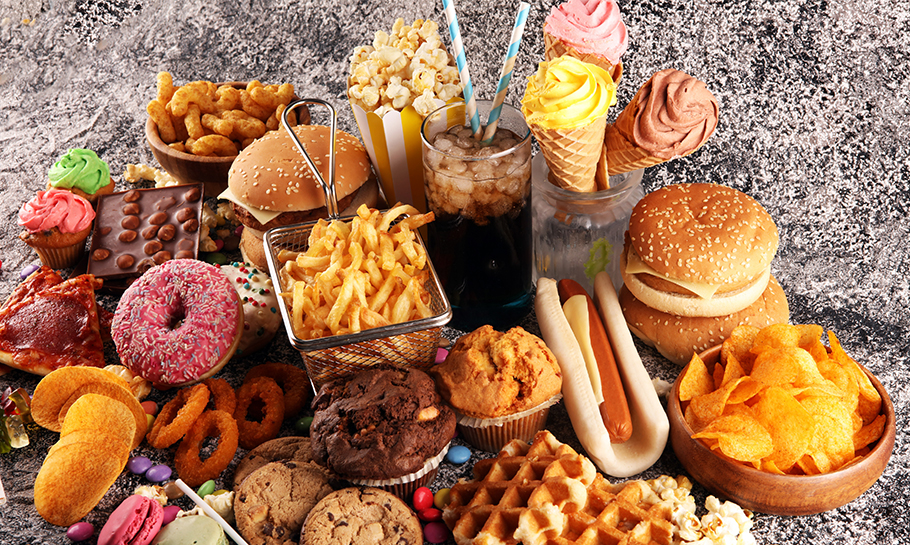Processed Foods and You

Recently, SIH Second Act members learned about processed foods and their impact on health. While processed foods have become a staple in modern diets due to their convenience and extended shelf life, increasing research highlights significant health concerns linked to their regular consumption. As one of our speakers said, “If it’s made from a plant, terrific. If it’s made in plant, not so much.”
What is a processed food?
According to the NOVA Food Classification System, unprocessed or minimally processed foods are foods which did not undergo processing or underwent minimal processing technics, such as fractioning, grinding, pasteurization and others.
Examples include legumes, vegetables, fruits, starchy roots and tubers, grains, nuts, beef, eggs, chicken and milk.
Processed culinary ingredients are obtained from minimally processed foods and used to season, cook and create culinary dishes.
Examples include salt, sugar, vegetable oils, butter and other fats.
Unprocessed or minimally processed foods or culinary dishes which processed culinary ingredients have been added. They are necessarily industrialized.
Examples include bottled vegetables or meat in salt solution, fruits in syrup or candied, bread, cheeses, purees or pastes.
Ultra-processed products are derived from foods or parts of foods, with added cosmetic food additives not used in culinary.
Examples include Cookies, ice-cream, shakes, ready-to-eat meals, soft drinks, other sugary drinks, hamburgers, nuggets and breast milk substitutes.
Risks
Studies have shown a diet filled with ultra-processed foods can lead to:
- Heart disease – processed foods are high in sodium and trans fats
- Type 2 diabetes – many processed foods contain added sugars and refined carbs, causing blood sugar spikes
- Joint pain (arthritis, osteoarthritis) – some processed foods cause inflammation, which may increase joint stiffness and pain
- Weight gain
- Memory issues
Make the change
Recent research indicates that about 60% of the US diet comprises ultra-processed foods. That’s not surprising when 73 percent of the US food supply is ultra-processed, meaning it’s everywhere. The way to combat this is to be mindful of what you are putting in your mouth. Read those food labels. Make incremental changes to what you eat. Shoot for:
- 1.5 – 2 cups of fresh fruit daily
- 2-3 cups of vegetables a day
- lean proteins like fish and chicken
- whole grains instead of refined grains (whole wheat bread, brown rice, whole oats)
- less sugars and salts
- and don’t forget to move more!